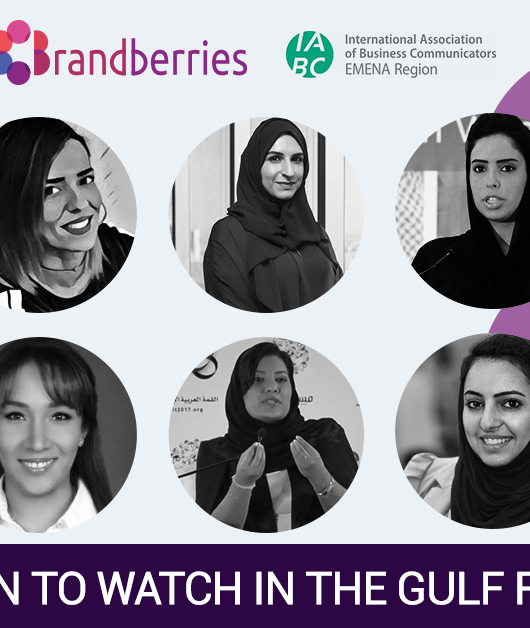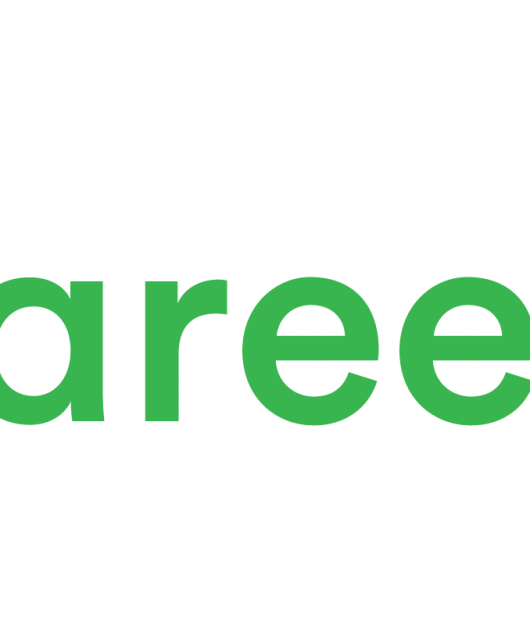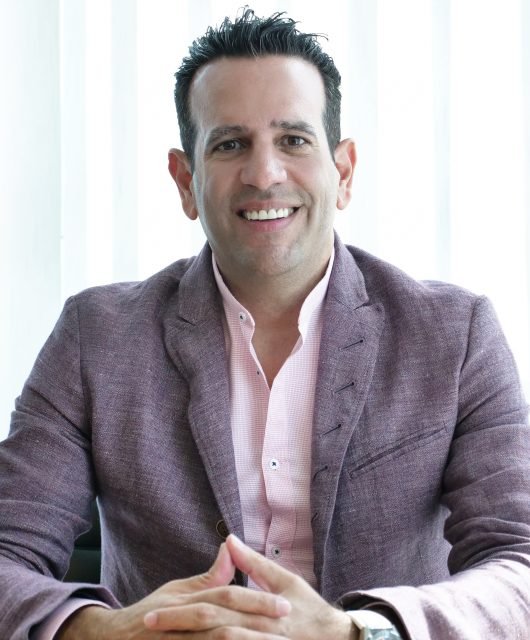Humanizing Brands: Q&A With Xerox Egypt’s Mohamed Mounir
Some brands have customers while other have loyal fans, the difference lies in ‘humanizing’ the brand-customer relationship and the minute your brand strikes an emotional humane chord with your actual and potential customers, this is where you build ludicrous brand loyalty. The Brandberries has exclusively interviewed Mohamed Mounir, Group Marketing Director of Xerox Egypt, for his and Xerox Egypt’s take on humanizing brands.
BB: From Xerox brand book, what are the attributes of a human-centric brand?

MM: A few years ago when we used to talk about productivity and technology, we talked about the productivity of the devices and technology from a technical stance. Lately things have changed, when we address productivity we talk about human productivity. For example, if I am going to buy a fast car, I need to be fast. If I am going to buy a car that is reliable, I need to be reliable. Focusing on the productivity of devices will no longer take us anywhere.
At Xerox, we’re positioning ourselves as an innovative brand that changes the way people communicate and connect at work. There are many aspects that go into making Xerox a human-centric brand. Starting from the choice of font that is designed to be user-friendly and Flexible that reflects a young, innovative and global personality. When you look at our business presentations, we always integrate a human aspect to reflect the notion that we not only focus on the products but on the humans that use them as well.
As for advertising, we focus on the idea of a “workplace assistant”. Nowadays, you don’t talk about copiers or printers but interactive workplace assistants.
Previously, when we did assessments it was mainly focused on technology in terms of network, volume, devices, etc. Now things are different, we concentrate on user analytics. It’s all about assessing how users can communicate information. Based on the understanding of how users inside the company communicate and interact we are able to design work flow analytics and document analytics; which insures that documents are shared securely and efficiently. These analytics assist us in tailoring the solutions (the devices needed).
BB: Now, more than ever, brands are trying to behave like people. In your opinion, how does having a human-centric brand can lead to brand admiration?
MM: The brand perception of Xerox has always been as the innovator of ‘Xerography’. We were able to coin a new term in the industry. Even with more and more competition entering the market, Xerox maintained its brand perception as the most innovative, expensive and reliable brand of choice.
With the changes in the market and advancements happening all around us, Xerox wanted to shift this brand perception and add an extra element. No longer does Xerox want to be perceived just for its innovative technology, but for the user experience. This change in strategy strengthened brand loyalty and consumers became more fanatic about the brand. Creating brands that are human-centric allows you to tap into the hearts and minds of the users. Xerox is a brand that makes you work better, excel more, go home early and keep your information secure. It is crucial that the user experience has to deliver on the brand promise. This is where the different aspects of service, quality and innovation plays a vital role in maintaining brand loyalty.
BB: Evolving the brand strategy into being a human-centric brand has to come with human-centric brand messaging. Can you please shed some lights on the brand messaging strategy of Xerox? How does the brand speak to its consumers on online and offline platforms?
MM: We are transforming the way we are working internally. We have just coined a new name for our marketing team “the adjustment bureau”. Our current top mission has been named “Operation Giant Leap” adopting the slogan “one small step for a team, one giant leap for a company”. This new name and mission was positively received. People feel proud, more engaged and present.
BB: Humanizing brands is when brands seem to be like me, part of me and in a relationship with me. Please comment
MM: We work with clients to innovate and explore new solutions to their critical business challenges. Using ethnography and user centric design, we study how people work in order to make it better. We have deep industry knowledge and take the time to understand our clients’ business and how they work, to build and create solutions – to help them achieve their goals and contribute to their ongoing success.
We don’t talk to our distribution channels as “arms” but as partners. Xerox has initiated a global partnership program that allows for different forms of interaction. The aim of this program I to build the perception that Xerox “is always there for you”.
BB: The difference between a human-centric brand and a non-human-centric brand is the resulting in some brands have loyal fans while others have customers. How a human-centric brand can build, nurture and sustain brand fanatics?
MM: Technology continually shifts and Xerox has a track record of identifying key moves and applying them in advance of customer-articulated needs across all markets we serve. This is evidenced in our resilience in leading the market in the transition to digital, colour and document services. We always put human needs in designing a solution or marketing it and always looking to new ways to connect with our clients via emerging platforms not just for the purpose advertising but also for communicating and understanding clients’ needs. The key factor in this is to make everyone inside our organization a brand advocate. We go beyond the corporate faces and effectively engage with people in a way that positively affects the way they work and in some cases their career as whole.





